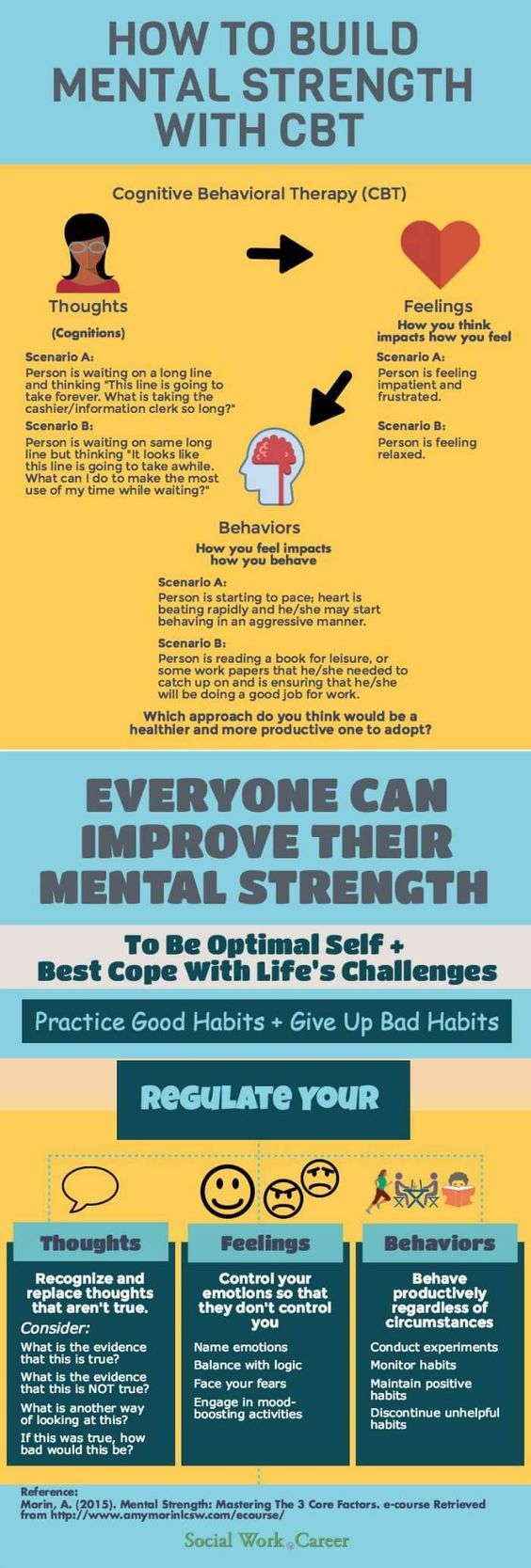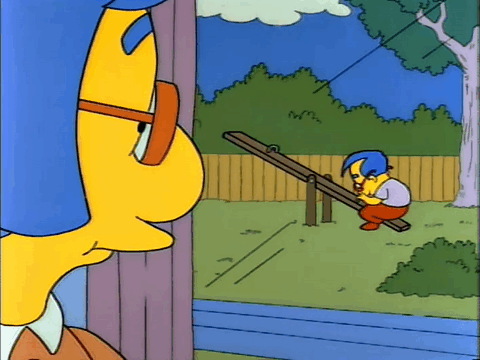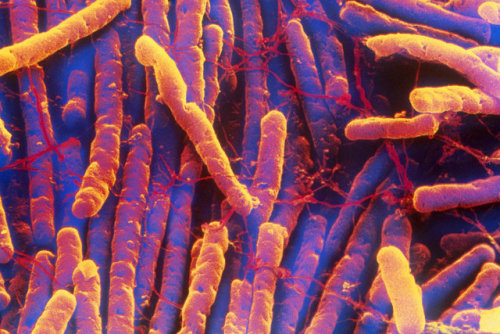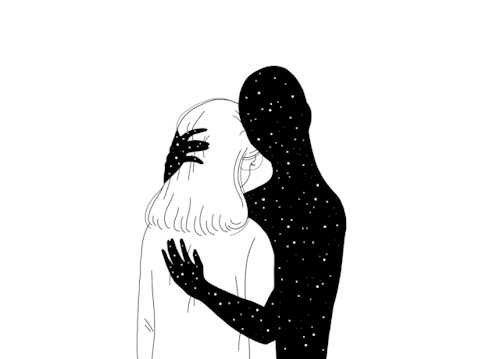In The Winter Of 1995, Scientists Pointed The Hubble Telescope At An Area Of The Sky Near The Big Dipper,

In the winter of 1995, scientists pointed the Hubble Telescope at an area of the sky near the Big Dipper, a spot that was dark and out of the way of light pollution from surrounding stars. The location was apparently empty, and the whole endeavor was risky. What, if anything, was going to show up? Over ten consecutive days, the telescope took close to 150 hours of exposure of that same area. And what came back was nothing short of spectacular: an image of over 1,500 distinct galaxies glimmering in a tiny sliver of the universe.
Now, let’s take a step back to understand the scale of this image. If you were to take a ballpoint pen and hold it at arm’s length in front of the night sky, focusing on its very tip, that is what the Hubble Telescope captured in its first Deep Field image. In other words, those 3,000 galaxies were seen in just a tiny speck of the universe, approximately one two-millionth of the night sky.
So the next time you stand gazing up at the night sky, take a moment to think about the enormity of what is beyond your vision, out in the dark spaces between the stars.
From the TED-Ed Lesson How small are we in the scale of the universe? - Alex Hofeldt
Animation by Yukai Du
More Posts from Karlfelersii and Others
Stay Focused, If You Can
What makes some people better able to resist temptation than others? Lucina Uddin and Jason Nomi, cognitive neuroscientists at the University of Miami College of Arts and Sciences collaborated with Rosa Steimke, a visiting postdoctoral researcher in the Brain Connectivity and Cognition Laboratory at UM, to explore this question.

Steimke conducted a study as part of her dissertation work at Charité University in Berlin, Germany, in which participants were asked to perform a simple task: focus on one side of a screen where a letter – either an “E” or “F” – would quickly appear then disappear, and press a button indicating which letter they saw.
But before the letter appeared on the screen, an image would pop up to the right, and—this is where it gets interesting—the images were quite sensual and erotic. Not surprisingly, participants’ eyes definitely wandered to the right for a quick peek, which was captured by eye-tracking equipment.
“Using this setup, we were able to challenge participants’ self-control in the face of temptation,” said Steimke.
Adds Uddin, “This study is about individual differences in the ability to control impulses and behavior.”
According to previous research, the brain’s “cognitive control network” is typically involved in behavior that requires self-control. Here, the researchers explored another potential candidate brain system known as the “salience network.” The salience network is a collection of regions in the brain that selects which stimuli are deserving of our attention, such as a driver responding to a pedestrian running across the street or a large billboard along the highway.
The cognitive control network is related to ‘’top-down’’ effortful control of attention while the salience network is related to ‘’bottom-up’’ automatic direction of attention.
“We were interested in comparing the roles of these two networks in self-control behavior,” said Nomi.
Uddin and her team have taken a new approach to studying brain activity and its moment-to-moment variations using a method called “dynamic functional network connectivity.” Using this method, the team was able to examine whether the cognitive control or salience network was more closely linked to participants’ tendency to glance at the sensual pictures when they knew the goal was to focus on the letter.
Surprisingly, they found no links between cognitive control network dynamics and individual differences in performance of the task. However, those individuals whose brains showed a specific pattern of salience network dynamics were better able to perform the task. Specifically, for some people their salience networks were not as well-connected with the visual networks in the brain. Individuals who showed this pattern were better able to resist tempting distractors and perform the task.
“Researchers normally study connectivity using traditional approaches, but we used the dynamic approach, which gave us new insight that traditional connectivity analysis did not reveal,” said Uddin. “When we looked at the moment-to-moment, dynamic measures of connectivity we saw the relationship with individual differences in eye-gazing behavior emerge.”
The study, “Salience network dynamics underlying successful resistance of temptation,” is published in the journal SCAN.

11 TIPS TO OVERCOME NEGATIVE THOUGHTS

Are you tired of negative thoughts? Always thinking of your imperfections? Constantly thinking something will go wrong? That no one loves you? Losing your mind over criticism? Spending hours telling yourself how worthless you are and comparing your life to others? Are you missing out on opportunities due to your pessimistic thoughts? Is your life spiraling down due to this?
Continue reading here: https://www.psych2go.net/11-tips-overcome-negative-thoughts/

Why You Think You Are Not Good Enough AND How to Fix it

“If I asked you to name all the things you love, how long would it take to name yourself.” – Anon
There is no shortage of reasons why we sometimes feel like we flat out aren’t good enough. Maybe it’s low grades in school, or we think we are too thin, or too fat, or too young. Maybe our partner makes us feel inadequate, or our parents seem to believe we can’t do anything right.
Sometimes we do it to ourselves. We compare our home, or clothes, or cars to where someone else lives, or to what they wear, or to what they drive. If we believe their things are better than ours, then we tell ourselves we are less of a person.
Society doesn’t help us believe that we are unique, or that being unique is seriously “good enough.” There is constant pressure to be the best team, the best student, the best assistant, the best employee. We compare ourselves to models in magazines and hold ourselves to a certain standard of perfection that is as unrealistic as it is attainable.
It isn’t a Feeling. It’s a Thought.
When you don’t feel “good enough” it’s often because you are telling yourself you’re stupid, or ugly, or incapable. The thoughts you use to describe yourself make you unhappy. These thoughts make you feel depressed and worthless. According to Ali Miller, MFT, this is an important distinction. She believes that…
CONTINUE READING HERE
I am creating a poetry book based on my follower’s usernames. If you’d like to be in the book, please comment anything below and reblog this so I can find more usernames too :)

Go hygiene!
C. Diff Infections Are Falling, Thanks To Better Cleaning And Fewer Antibiotics
The risk of getting a deadly, treatment-resistant infection in a hospital or nursing home is dropping for the first time in decades, thanks to new guidelines on antibiotic use and stricter cleaning standards in care facilities.
The rate of new Clostridium difficile or C. diff infections climbed year after year from 2000 to 2010, researchers found. But an early look at 2011-2014 data from the Centers for Disease Control and Prevention’s Emerging Infections Program suggests infection rates are improving.
“Preliminary analyses suggest a 9 to 15 percent decrease in health care [C. diff] incidence nationally,” says Dr. Alice Guh, a medical officer at the CDC. “It’s very encouraging, but there’s still a lot to do.”
C. diff infections, which rose for decades, are now falling, according to the CDC. David Phillips/Science Source
The 5 Languages of Love: Can You Read Your Lover as Well as You Think?

Communication problems are an extremely common issue in budding relationships. Why don’t they compliment you more often? Don’t they appreciate it when you present them with thoughtful gifts? More often than not, small questions like this can lead to much larger arguments that question affections and intentions. But what if (stay with me here) they aren’t trying to purposely hurt your feelings by brushing off your displays of affection? What if your way of saying “I love you” is just different than theirs (whaaaaat!?)?
Let me tell you about Dr. Gary Demonte Chapman. Chapman is a Ph.D. and church pastor who has dedicated his time to understanding the interworkings of relationships. Chapman coined the concept of “love languages”, explaining that we tend to express and receive love in five ways:
Words of affirmation
…..
…..
…..
…..
Continue Reading Here

Researchers Discover Key Link Between Mitochondria and Cocaine Addiction
For years, scientists have known that mitochondria—the power source of cells—play a role in brain disorders such as depression, bipolar disorder, anxiety and stress responses. But recently scientists at the University of Maryland School of Medicine (UMSOM) have identified significant mitochondrial changes in brain cells that take place in cocaine addiction, and they have been able to block them.
In mice exposed repeatedly to cocaine, UMSOM researchers were able to identify an increase in a molecule that plays a role in mitochondria division (or fission) in a reward region of the brain. Researchers were able to block this change by using a special chemical, Mdivi-1. The researchers also blocked responses to cocaine by genetically manipulating the fission molecule within the mitochondria of brain cells, according to research published in Neuron.
“We are actually showing a new role for mitochondria in cocaine-induced behavior, and it’s important for us to further investigate that role,” said Mary Kay Lobo, PhD, Associate Professor of Anatomy and Neurobiology.
The researchers initially studied the mitochondria in cocaine-exposed mice and determined that mitochondria fission increased in the major reward region of the brain. To confirm this same change in humans, researchers were able to identify similar changes in the mitochondrial fission molecule in tissue collected from post mortem individuals who were cocaine dependents.
Dr. Lobo said that this latest research could help UMSOM researchers better understand changes in brain cells and mitochondria from other addictive disorders. “We are interested to see if there are mitochondrial changes when animals are taking opiates. That is definitely a future direction for the lab,” she said.










-
 honeylalalove liked this · 7 months ago
honeylalalove liked this · 7 months ago -
 myheartventures liked this · 4 years ago
myheartventures liked this · 4 years ago -
 monamelissa liked this · 4 years ago
monamelissa liked this · 4 years ago -
 aliceonacid96 liked this · 4 years ago
aliceonacid96 liked this · 4 years ago -
 chaosoftheseas liked this · 4 years ago
chaosoftheseas liked this · 4 years ago -
 pikachusenergysource-999 reblogged this · 4 years ago
pikachusenergysource-999 reblogged this · 4 years ago -
 pikachusenergysource-999 liked this · 4 years ago
pikachusenergysource-999 liked this · 4 years ago -
 shooul liked this · 4 years ago
shooul liked this · 4 years ago -
 gezegeningizligucu liked this · 4 years ago
gezegeningizligucu liked this · 4 years ago -
 introvertedmisfit liked this · 4 years ago
introvertedmisfit liked this · 4 years ago -
 andelw liked this · 4 years ago
andelw liked this · 4 years ago -
 hikikomorichapado reblogged this · 4 years ago
hikikomorichapado reblogged this · 4 years ago -
 hikikomorichapado liked this · 4 years ago
hikikomorichapado liked this · 4 years ago -
 pluviophileluvr0413 liked this · 4 years ago
pluviophileluvr0413 liked this · 4 years ago -
 whatwonderousloveisthis reblogged this · 4 years ago
whatwonderousloveisthis reblogged this · 4 years ago
